Does Light Equal Intelligence? Is Light both a wave and a particle? How Everything in the 3rd Dimension Exists as a Lightwave First. How Consciousness Collapses Electromagnetic Frequencies into Solid Matter!
Does light equal intelligence?
From Physics.org,
the first ever photograph of a light wave becoming a particle.
Meaning, light can be both a frequency wave and a particle.
Once consciousness interacts with a light wave, it can collapse into a particle.
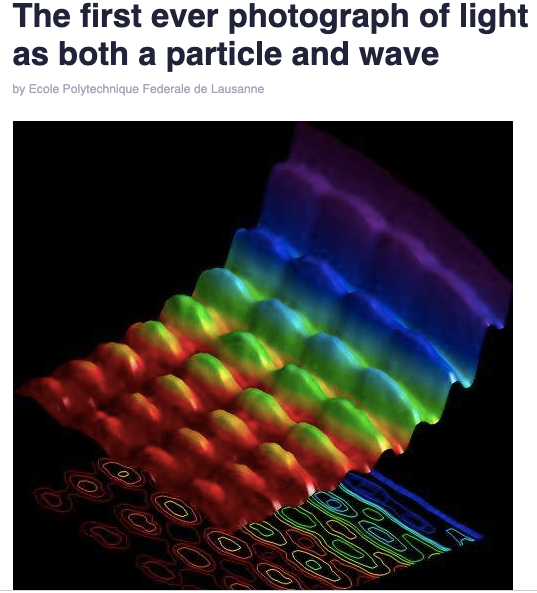
(Phys.org)—Light behaves both as a particle and as a wave. Since the days of Einstein, scientists have been trying to directly observe both of these aspects of light at the same time. Now, scientists at EPFL have succeeded in capturing the first-ever snapshot of this dual behavior.
This means everything in the third dimension exists as a lightwave First!
This includes your body.
Your body is a wave of potentials.
It is electromagnetic frequencies.
Your subatomic frequency will re assimilate back to the structure that you recognize as you when consciousness collapses it back into that format.
When conscious observers observe you from the outside or you even observe yourself, it collapses you back into what you recognize as a solid object.
All that you see are waves of light or waves of potentials.
A specific frequency for every block that creates the actual property or actual structure.
Consciousness collapses electromagnetic frequencies into solid matter.
Dr Quantum Double Slit Experiment
When adding a second slit to send particles through, when the top of one wave hits the bottom of another wave, they cancel each other out.
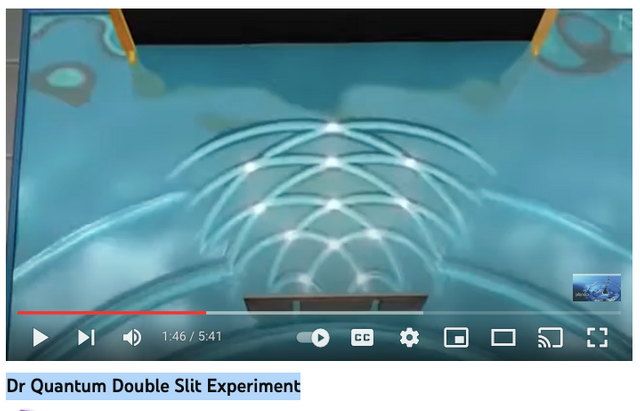
So now there is an interference pattern on the back wall.
The places where the two tops meet are the highest intensity.
The bright lines is where they cancel, there is nothing.
This demonstrates when we throw matter through two slits, you get two bands of hits.
And with waves we get an interference pattern of Many Bands.
You will remember for those of you involved in physics classes, an electron is a tiny bit of matter.
What if you were to fire a tiny stream through a slit?
Does it behave just like the marbles or matter used prior?
We get a single strand, just like with the marbles.
So like the marbles, what if we shoot the spray through two slits?
Will we get two bands as we did with the marbles?
But instead when electrons are fired in a spray through two slits we get an interference pattern.
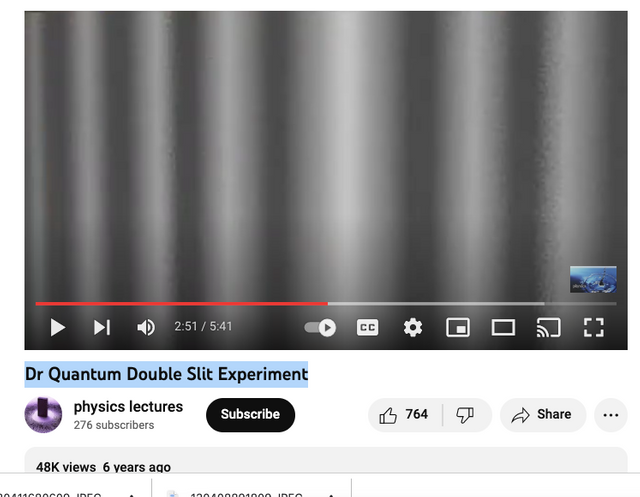
Instead it is a pattern like waves instead of little marbles.
So how could pieces of matter create an interference pattern like a wave?
Physicists wondered, what if those pieces of matter were bouncing off of one another to create the wave interference pattern?
They decided to shoot electrons out One at a time instead of all at once.
This would ensure there would be No Way for them to interfere with one another.
But after an hour of single shots, the Same Interference Pattern appeared to emerge. What gives?
This means, a single electron leaves as a particle, becomes a Wave of Potentials, goes through Both slits and Interferes with ITSELF to hit the wall!
Mathematically it also seems Impossible as it goes through Both Slits and NEITHER!
What?
And it goes through One and it goes through Just the OTHER.
What?
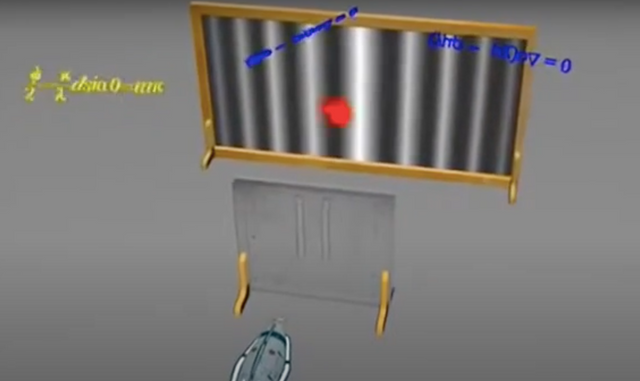
This means ALL of these Possibilities are in Superposition with Each Other.
As you would expect, physicists were completely baffled by this.
This made them want to peek and verify for themselves Which Slit it actually goes through.
They put a measuring device by one slit.
Guess what. ..the quantum world is far more mysterious than they could have imagined.
When they observed the electron. . .it went back to behaving like a little marble.
Does this remind you of when your kids were little and they would do something amazing in front of you, but when you would try to get them to perform it in front of someone else. . .they wouldn't or acted as if they Couldn't?
The electron when being observed by a device produced a pattern of two bands and not an interference pattern as it did when Not being tracked by a device.
The very act of measuring or observing which slit it went through meant, it only went through one, not both.
The electron Decided to act differently, as though it was aware, it was being Watched!
Then physicists had to start asking questions in the Quantum. . .What IS matter?
Is it
Marbles
or is it
Waves?
The act of looking, conscious intervention collapses waves into potential solid objects.
Is your house an electromagnetic wave until you're there?
Until it is being observed or acknowledged by consciousness?
Is it similar to how the next frame you need in the video game appears?
A human being exists both as solid matter And a Wave of LIGHT.
What is known about light and electrons?
Light has intelligence.
This means every atom in your body IS intelligent.
There are trillions of atoms that make up your body.
Does that give you a Great Deal of Potential?
Are there many who do not know the full power of what they have and how to use it?
What all comprises the electromagnetic spectrum?
Humanity does not see in x-ray, gamma, multi- spectrum or ultra violet, infrared.
Instead we are set up with a limited perception of what humanity knows as visible light.
The electromagnetic waves that your eyes can detect oscilate between 400 and 790 terahertz.
That's 700 trillion times a second.
The wave lengths are roughly the size of a large virus.
So are humans seeing Very Little of what is truly going on around them in the way of Light and Energy?
We only have a small slither we can see, yet every atom in a human's body is made from light.
An image from the Very Large Baseline Array from the Galaxy M33 that shows what it would look like if you could see in radio waves.
This is the image map of the atomic hydrogen gas in the galaxy.
The different colors map velocities in the gas.
Red gas is always moving away and blue is moving towards us.
All radio waves that created programs and shows are still moving through space.
Remember. . .no new energy is ever created and no energy is ever destroyed.
Energy is only transmuted.
It can change forms and be used for something else, but is neither created nor destroyed.
God already created all there is.
Check out DNA data storage. . .yes, that's a thing!
Did you know DNA can store bits of information?
Check out someone who did some interesting programming here,
The Future of Data Storage: Storing Digital Data in DNA
So Alternative Ways of Storing Data
Basically storing digital data for archival purposes.
This is important because DNA stores memory.
These scientists discovered that DNA can store digital bits of information.
In other words they discovered how to use the light codes in DNA to store data.
These scientists were able to replicate an ebook 80 billion times onto one gram of DNA.
How's that for the future of TINY surface area?
Remember a gram equates to about one drop on the tip of your finger.
1cc of water weighs 1 gram
One gram of DNA can store 433 petabytes of digital data. . .0's and 1's.
Quantum mechanics tells us that light can behave simultaneously as a particle or a wave. However, there has never been an experiment able to capture both natures of light at the same time; the closest we have come is seeing either wave or particle, but always at different times. Taking a radically different experimental approach, EPFL scientists have now been able to take the first ever snapshot of light behaving both as a wave and as a particle. The breakthrough work is published in Nature Communications.
EPFLhttps://www.epfl.ch › ...
Based in Lausanne (Switzerland), EPFL is a university whose three missions are education, research and innovation.
It is one of the two Swiss Federal Institutes of Technology,
In connection with research and teaching activities, EPFL operates a nuclear reactor CROCUS, a tokamak fusion reactor TCV, a Blue Gene/Q Supercomputer and P3 bio-hazard facilities.
Thermonuclear fusion is the process of atomic nuclei combining or “fusing” using high temperatures to drive them close enough together for this to become possible. There are two forms of thermonuclear fusion: uncontrolled, in which the resulting energy is released in an uncontrolled manner, as it is in thermonuclear weapons ("hydrogen bombs") and in most stars; and controlled, where the fusion reactions take place in an environment allowing some or all of the energy released to be harnessed for constructive purposes.
Tokamaks were initially conceptualized in the 1950s by Soviet physicists Igor Tamm and Andrei Sakharov, inspired by a letter by Oleg Lavrentiev. The first working tokamak was attributed to the work of Natan Yavlinsky on the T-1 in 1958.It had been demonstrated that a stable plasma equilibrium requires magnetic field lines that wind around the torus in a helix. Devices like the z-pinch and stellarator had attempted this, but demonstrated serious instabilities. It was the development of the concept now known as the safety factor (labelled q in mathematical notation) that guided tokamak development; by arranging the reactor so this critical factor q was always greater than 1, the tokamaks strongly suppressed the instabilities which plagued earlier designs.
By the mid-1960s, the tokamak designs began to show greatly improved performance.
A second set of results was published in 1968, this time claiming performance far in advance of any other machine. When these were also met skeptically, the Soviets invited a delegation from the United Kingdom to make their own measurements. These confirmed the Soviet results, and their 1969 publication resulted in a stampede of tokamak construction.
By the mid-1970s, dozens of tokamaks were in use around the world. By the late 1970s, these machines had reached all of the conditions needed for practical fusion, although not at the same time nor in a single reactor. With the goal of breakeven (a fusion energy gain factor equal to 1) now in sight, a new series of machines were designed that would run on a fusion fuel of deuterium and tritium.
- Deuterium (or hydrogen-2, symbol 2H
or D, also known as heavy hydrogen) is one of two stable isotopes of hydrogen
The nucleus of a deuterium atom, called a deuteron, contains one proton and one neutron, whereas the far more common protium has no neutrons in the nucleus. Deuterium has a natural abundance in Earth's oceans of about one atom of deuterium among all 6420 atoms of hydrogen.
Deuterium is destroyed in the interiors of stars faster than it is produced.
- Tritium is yet another hydrogen isotope with symbol 3
H
or T. It has two neutrons, and is radioactive and far more rare than deuterium.
hydrogen-3 (symbol T or 3H) is a rare and radioactive isotope of hydrogen with half-life about 12 years. The nucleus of tritium (t, sometimes called a triton) contains one proton and two neutrons
Naturally occurring tritium is extremely rare on Earth. The atmosphere has only trace amounts, formed by the interaction of its gases with cosmic rays. It can be produced artificially by irradiating lithium metal or lithium-bearing ceramic pebbles in a nuclear reactor and is a low-abundance byproduct in normal operations of nuclear reactors.
Tritium is used as the energy source in radioluminescent lights for watches, gun sights, numerous instruments and tools, and even novelty items such as self-illuminating key chains. It is used in a medical and scientific setting as a radioactive tracer. Tritium is also used as a nuclear fusion fuel, along with more abundant deuterium, in tokamak reactors and in hydrogen bombs.
These machines, notably the Joint European Torus (JET), Tokamak Fusion Test Reactor (TFTR), had the explicit goal of reaching breakeven.
Instead, these machines demonstrated new problems that limited their performance. Solving these would require a much larger and more expensive machine, beyond the abilities of any one country. After an initial agreement between Ronald Reagan and Mikhail Gorbachev in November 1985, the International Thermonuclear Experimental Reactor (ITER) effort emerged and remains the primary international effort to develop practical fusion power. Many smaller designs, and offshoots like the spherical tokamak, continue to be used to investigate performance parameters and other issues. As of 2022, JET remains the record holder for fusion output, with 59 MJ [megajoules] of energy output, although sustained over a 5 second period, the short-term energy produced is 11 MJ with an energy of 40 MJ. In December of 2022, LLNL surpassed the fusion threshold and achieved an energy output of 3.15 MJ, while only delivering 2.05 MJ to the target.
In 1934, Mark Oliphant, Paul Harteck and Ernest Rutherford were the first to achieve fusion on Earth, using a particle accelerator to shoot deuterium nuclei into metal foil containing deuterium or other atoms
The project created three generations of supercomputers, Blue Gene/L, Blue Gene/P, and Blue Gene/Q. During their deployment, Blue Gene systems often led the TOP500 and Green500 rankings of the most powerful and most power-efficient supercomputers, respectively.
Blue Gene systems have also consistently scored top positions in the Graph500 list. The project was awarded the 2009 National Medal of Technology and Innovation.
As of 2015, IBM seems to have ended the development of the Blue Gene family though no public announcement has been made. IBM's continuing efforts of the supercomputer scene seems to be concentrated around OpenPower, using accelerators such as FPGAs and GPUs to battle the end of Moore's law.
At the lowest level of biosafety, precautions may consist of regular hand-washing and minimal protective equipment.
At higher biosafety levels, precautions may include airflow systems, multiple containment rooms, sealed containers, positive pressure personnel suits, established protocols for all procedures, extensive personnel training, and high levels of security to control access to the facility.
Health Canada reports that world-wide until 1999 there were recorded over 5,000 cases of accidental laboratory infections and 190 deaths.
The first prototype Class III (maximum containment) biosafety cabinet was fashioned in 1943 by Hubert Kaempf Jr., then a U.S. Army soldier, under the direction of Arnold G. Wedum, Director (1944–69) of Industrial Health and Safety at the United States Army Biological Warfare Laboratories, Camp Detrick, Maryland. Kaempf was tired of his MP duties at Detrick and was able to transfer to the sheet metal department working with the contractor, the H.K. Ferguson Co.
On 18 April 1955, fourteen representatives met at Camp Detrick in Frederick, Maryland. The meeting was to share knowledge and experiences regarding biosafety, chemical, radiological, and industrial safety issues that were common to the operations at the three principal biological warfare (BW) laboratories of the U.S. Army.
Because of the potential implication of the work conducted at biological warfare laboratories, the conferences were restricted to top level security clearances. Beginning in 1957, these conferences were planned to include non-classified sessions as well as classified sessions to enable broader sharing of biological safety information. It was not until 1964, however, that conferences were held in a government installation not associated with a biological warfare program.
Over the next ten years, the biological safety conferences grew to include representatives from all federal agencies that sponsored or conducted research with pathogenic microorganisms. By 1966, it began to include representatives from universities, private laboratories, hospitals, and industrial complexes. Throughout the 1970s, participation in the conferences continued to expand and by 1983 discussions began regarding the creation of a formal organization.
The American Biological Safety Association (ABSA) was officially established in 1984 and a constitution and bylaws were drafted the same year. As of 2008, ABSA includes some 1,600 members in its professional association.
In 1977, Jim Peacock of the Australian Academy of Science asked Bill Snowdon, then chief of the CSIRO's Australian Animal Health Laboratory (AAHL) if he could have the newly released United States' National Institutes of Health and the British equivalent requirements for the development of infrastructure for bio-containment reviewed by AAHL personnel with a view to recommending the adoption of one of them by Australian authorities.
#Light, #Lightwaves, #ElectromagneticFrequencies, #SolidMatter, #Dimensions, #Realms
Sources and connecting articles, reports
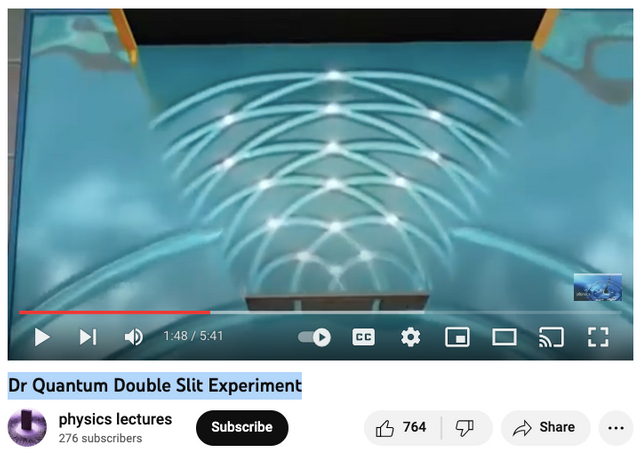
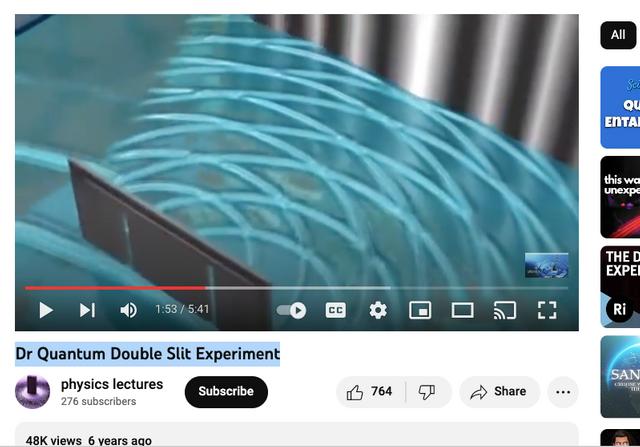
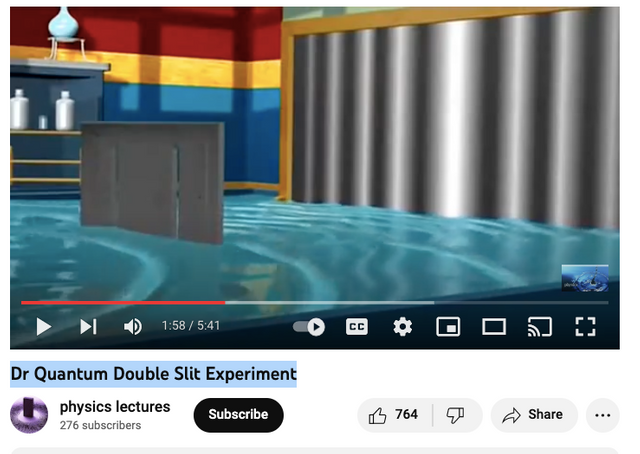
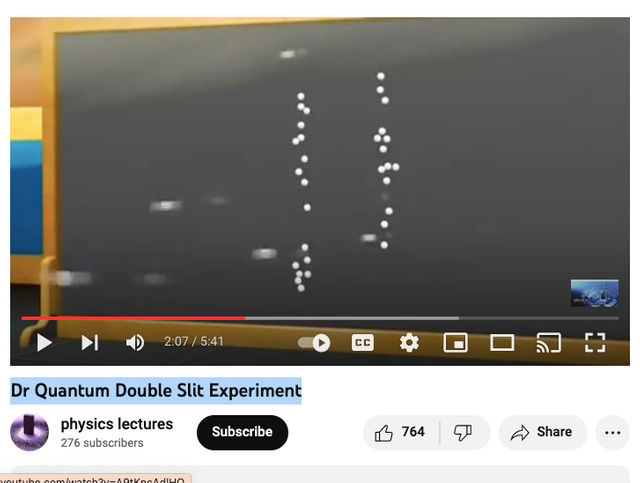
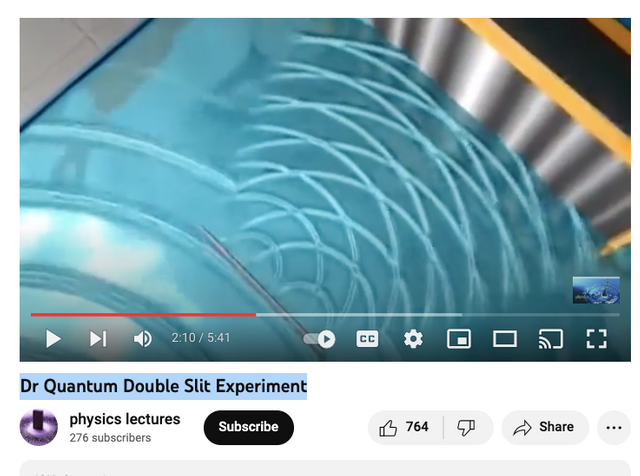
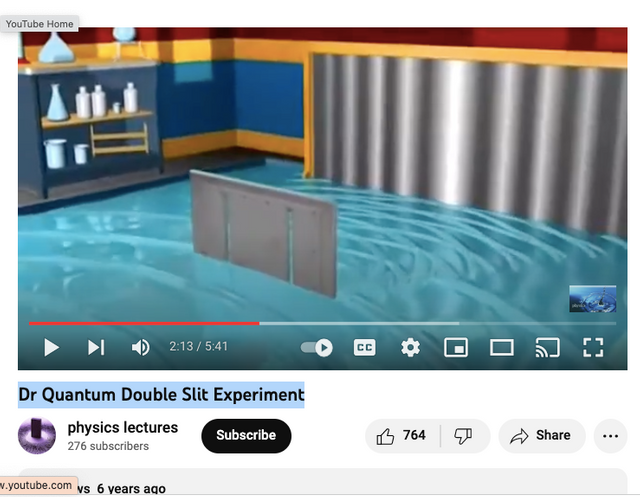
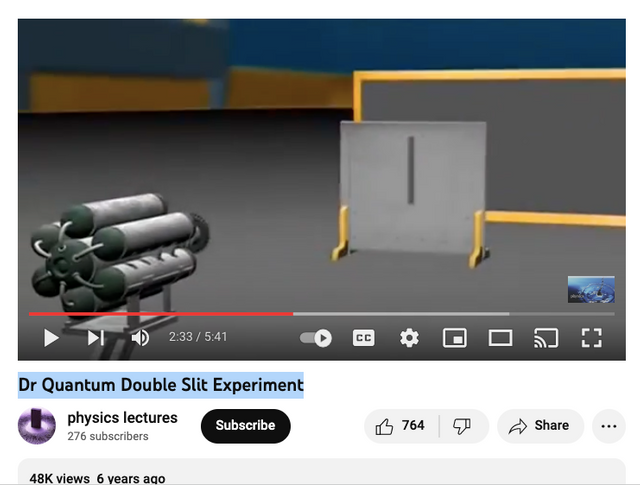
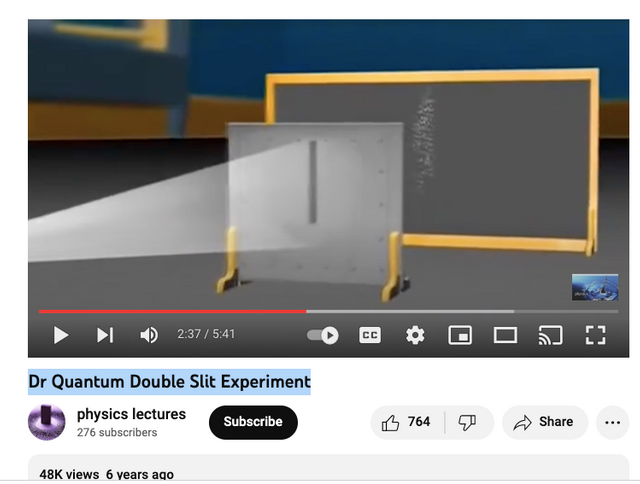
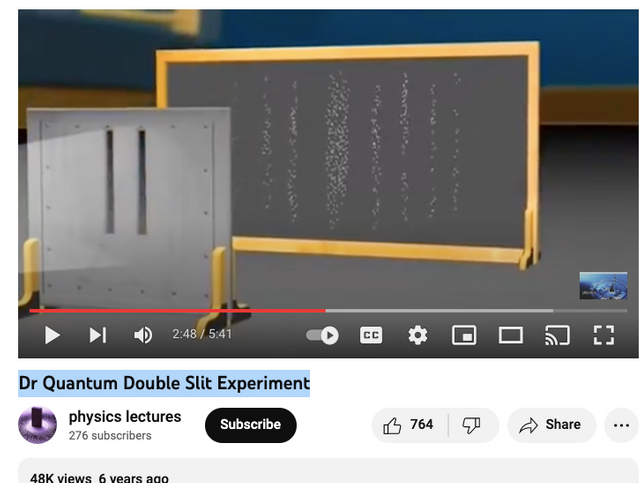
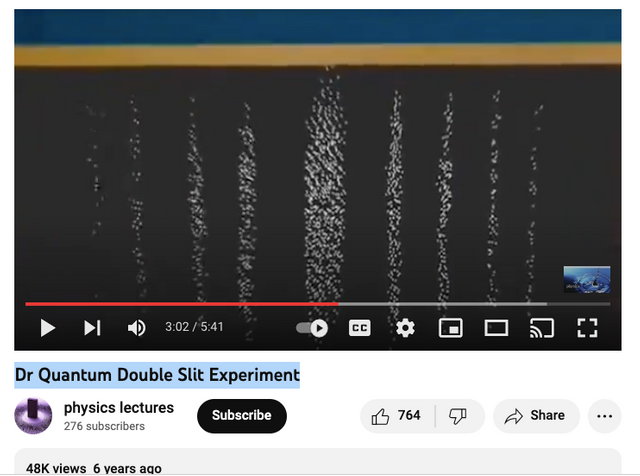
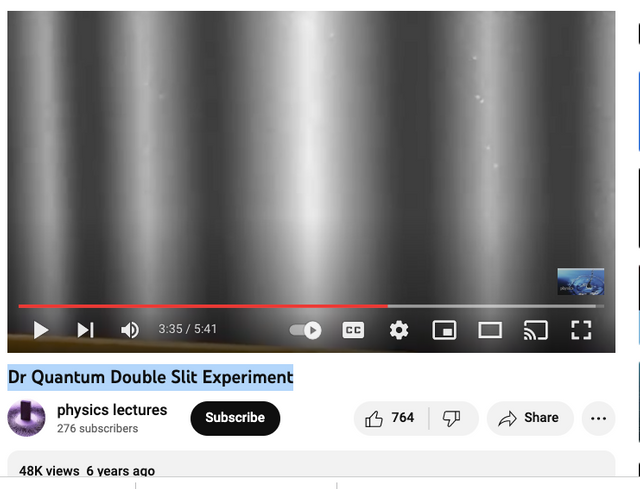
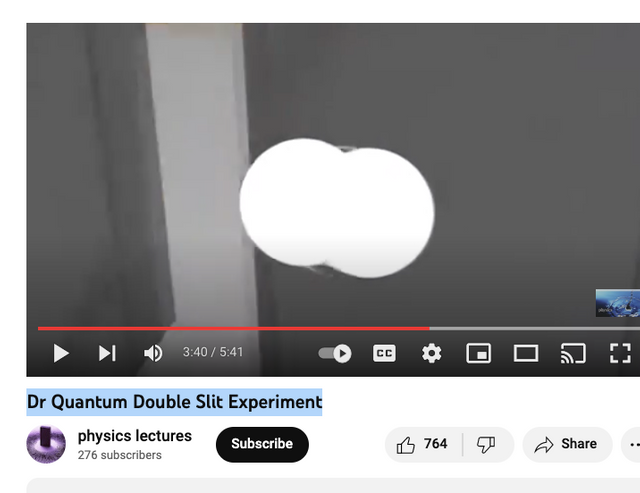
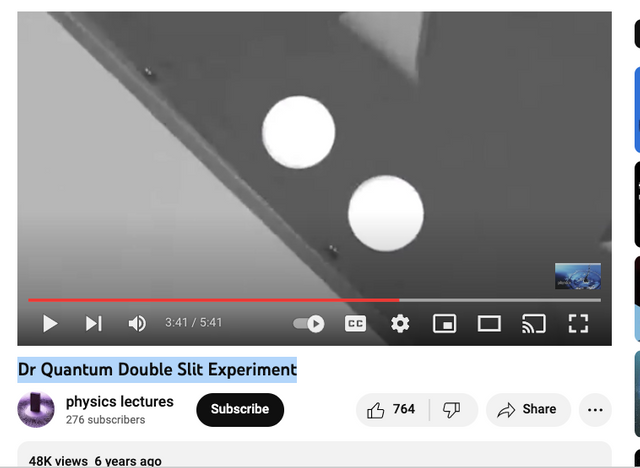
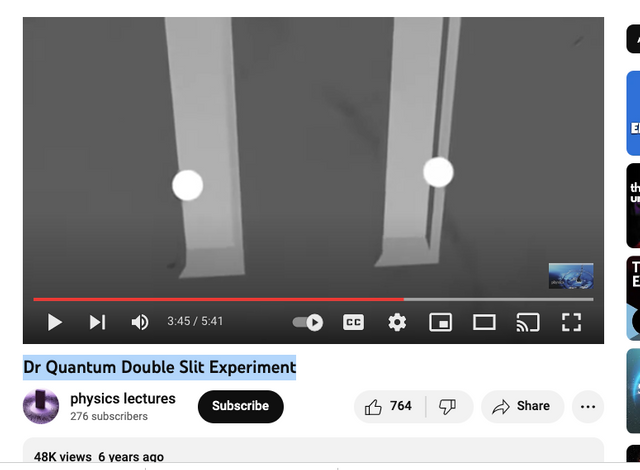
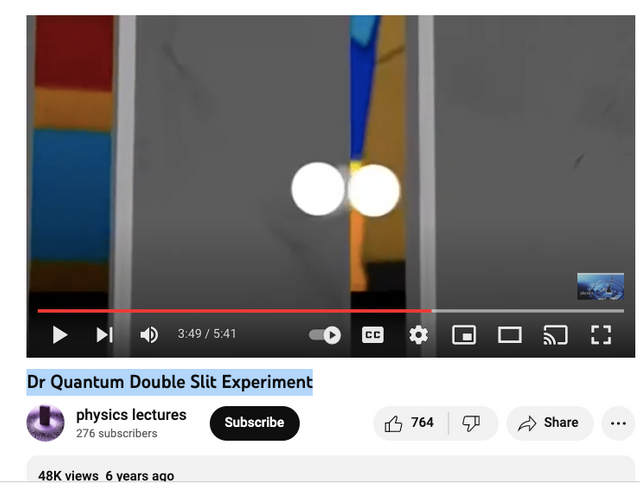
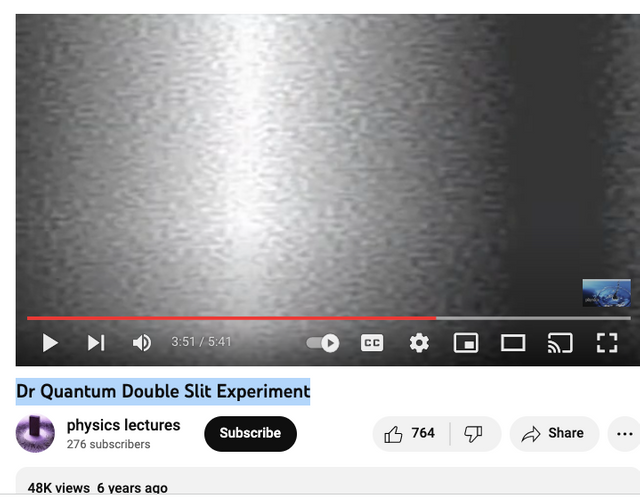
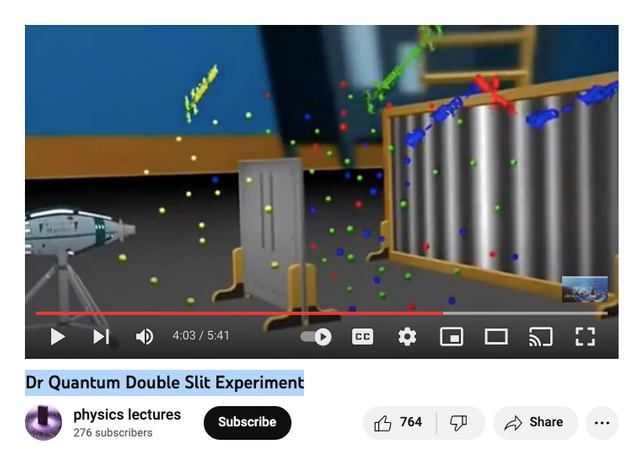
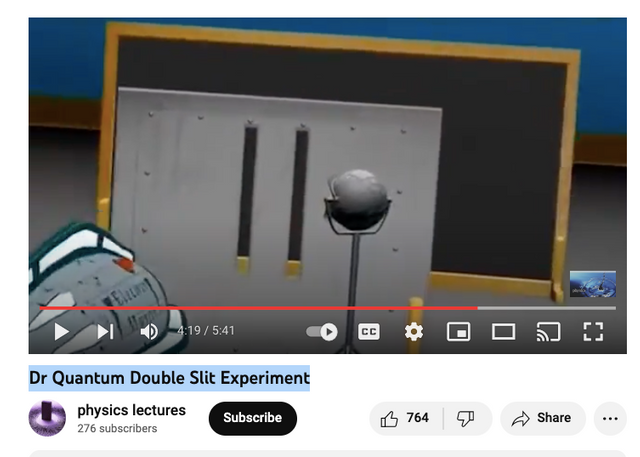
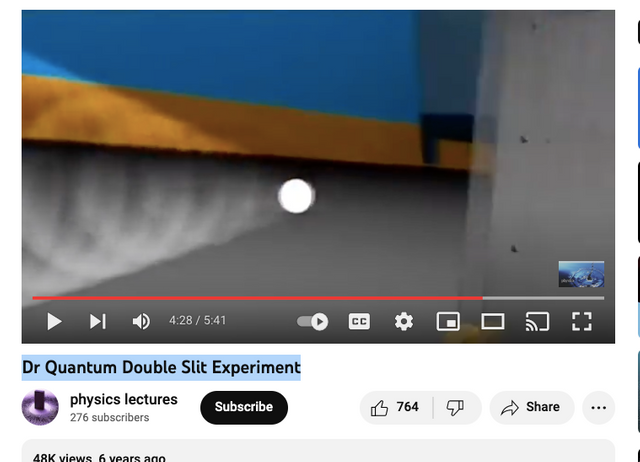
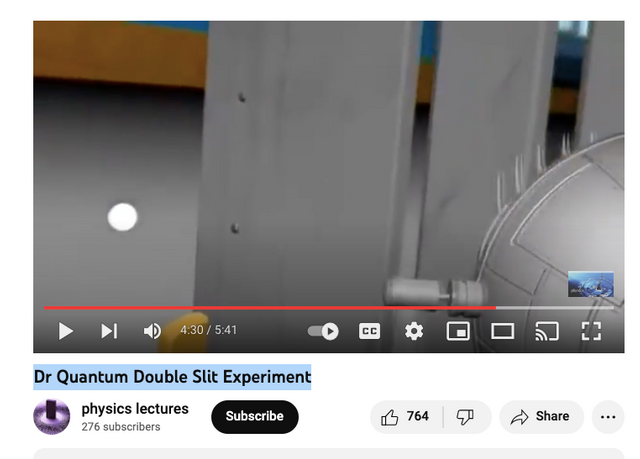
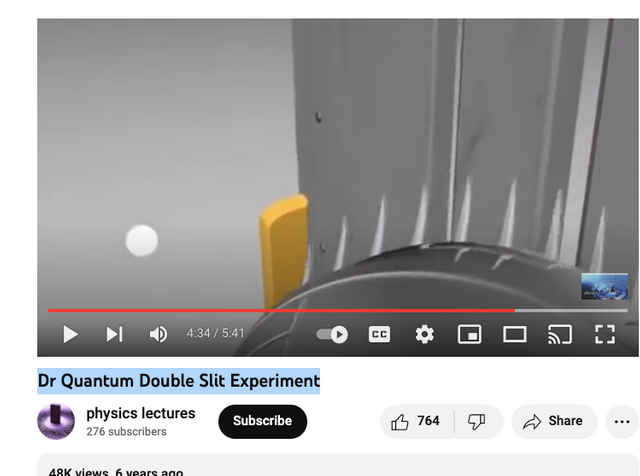
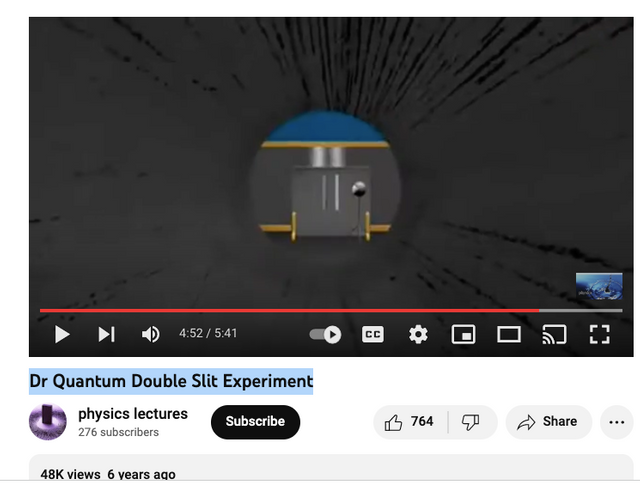
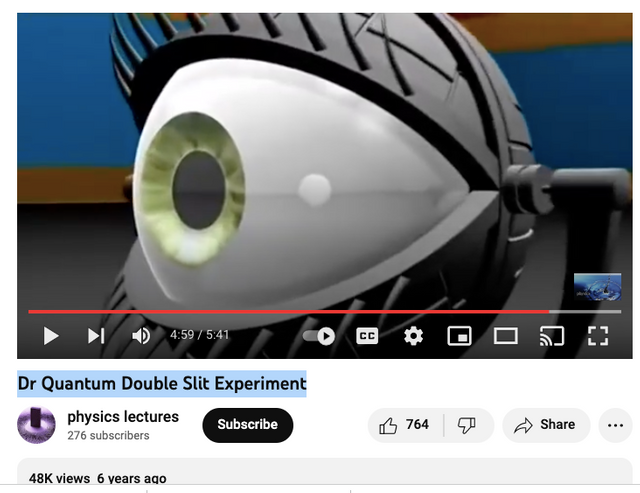
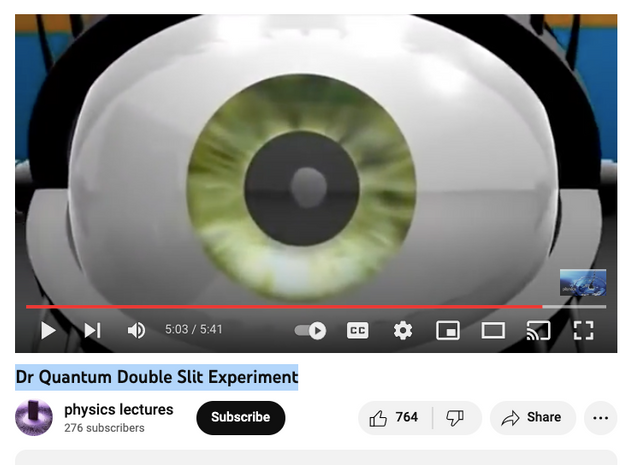
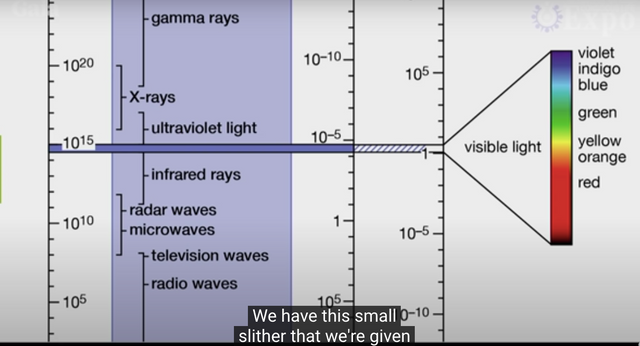
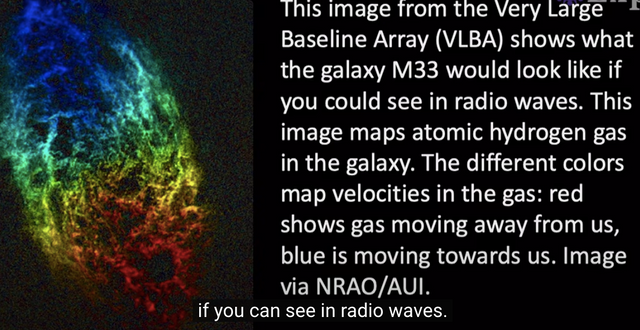
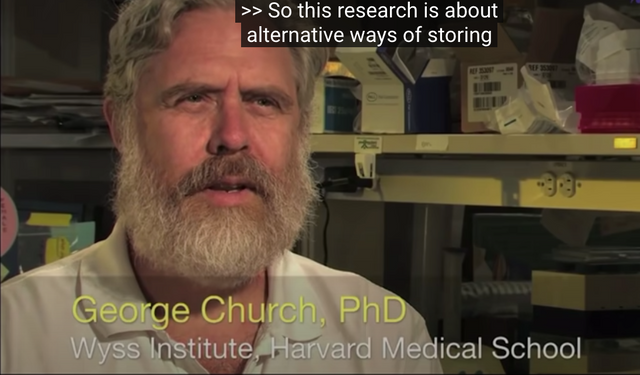
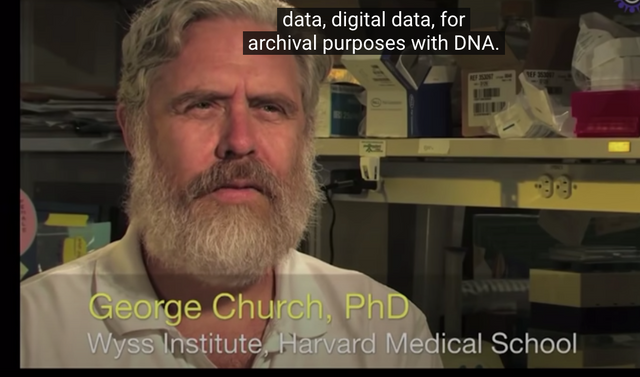
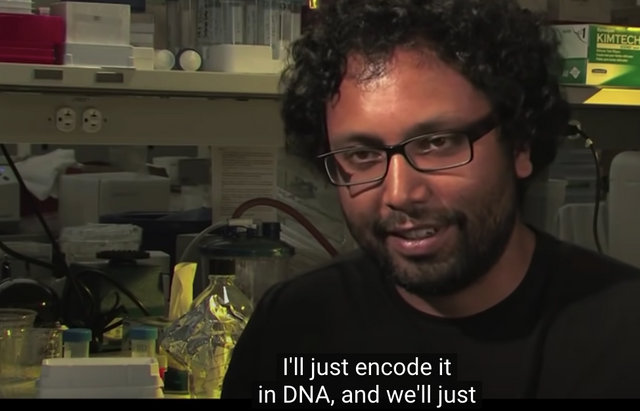
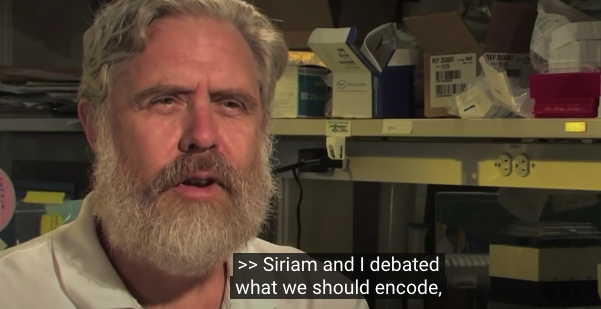
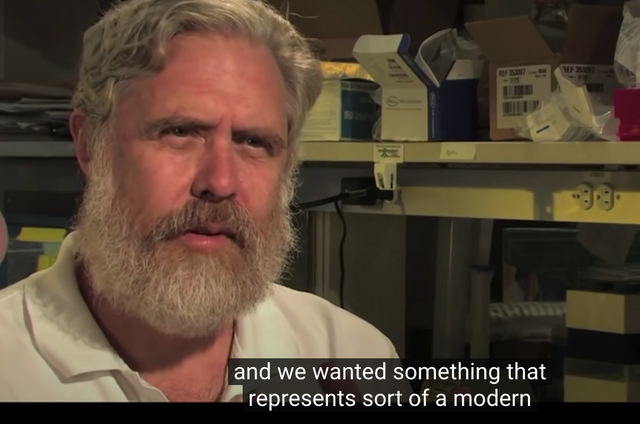

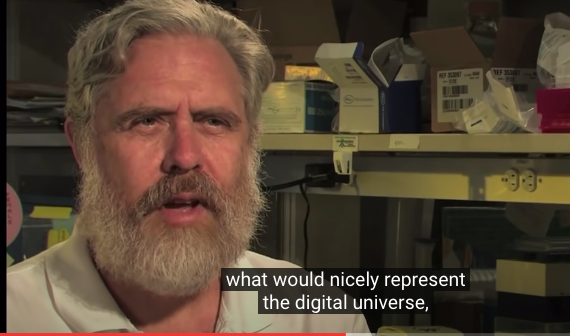

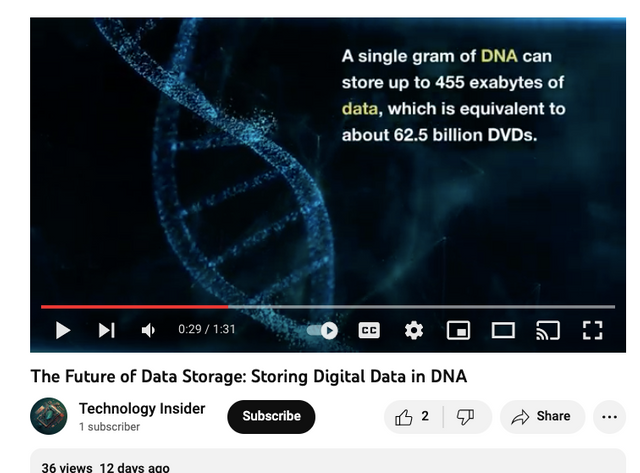
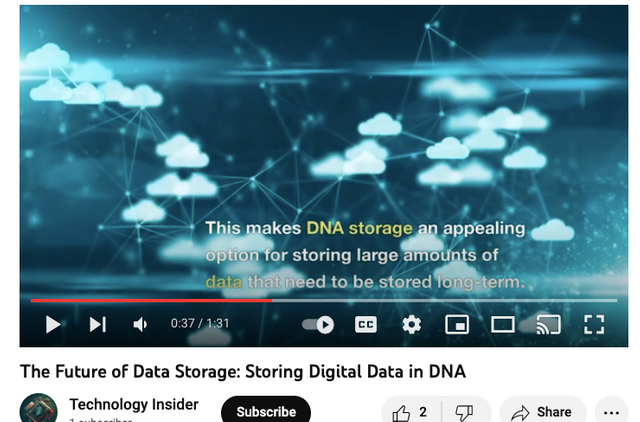
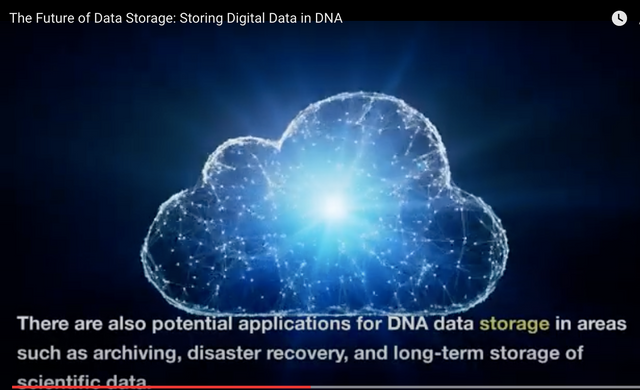

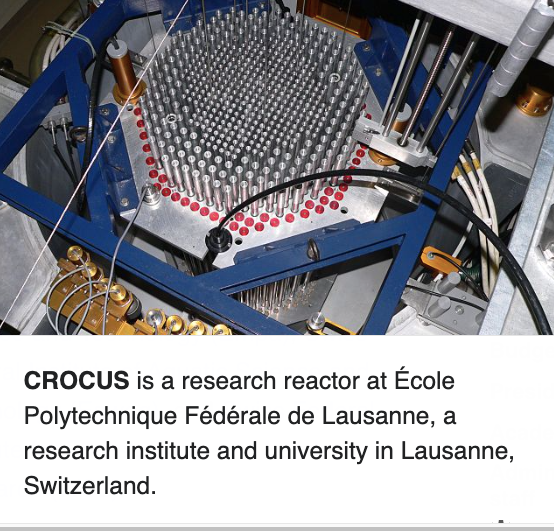
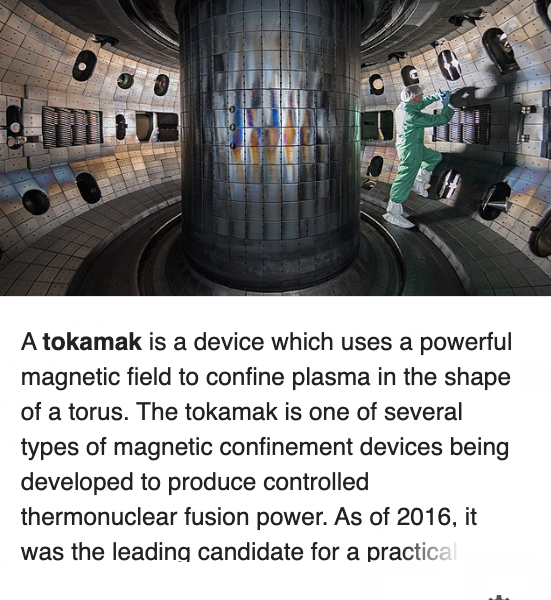
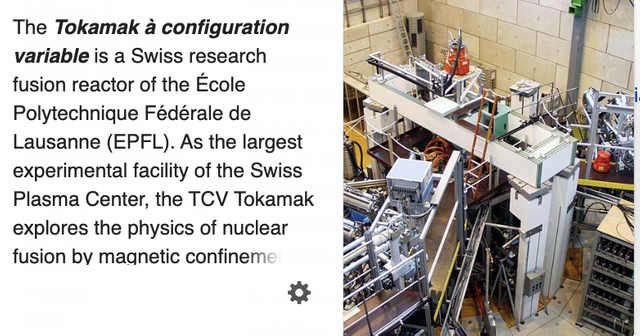
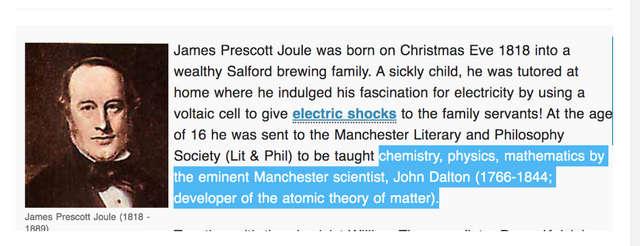

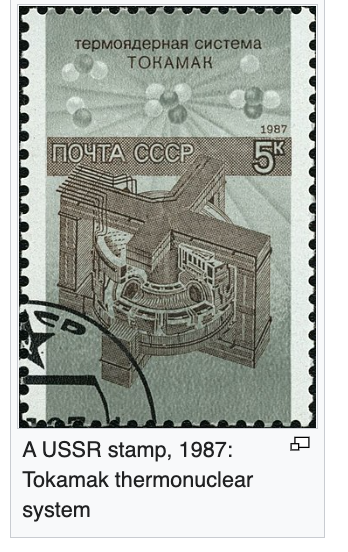
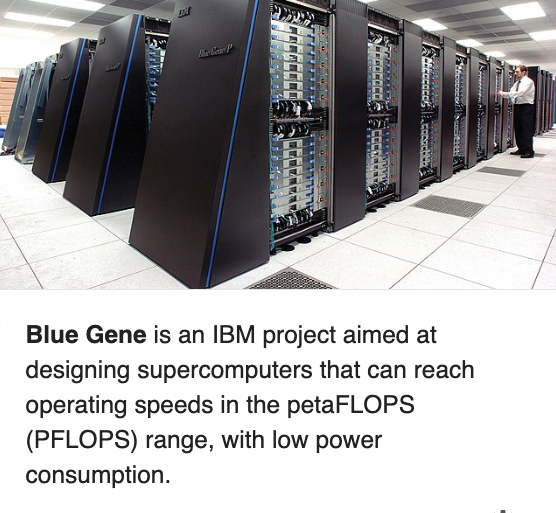
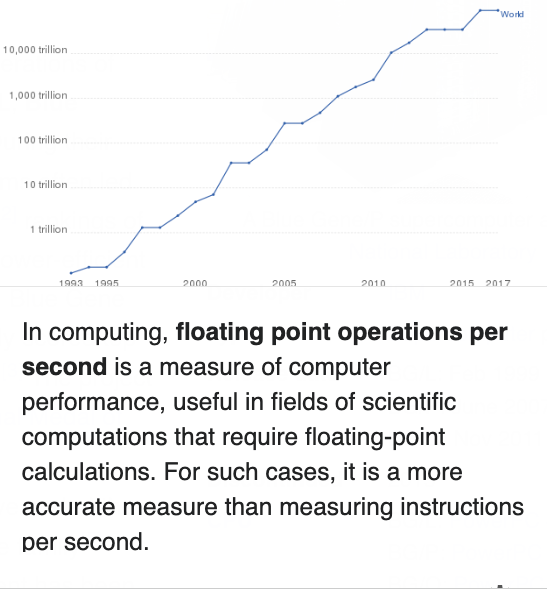
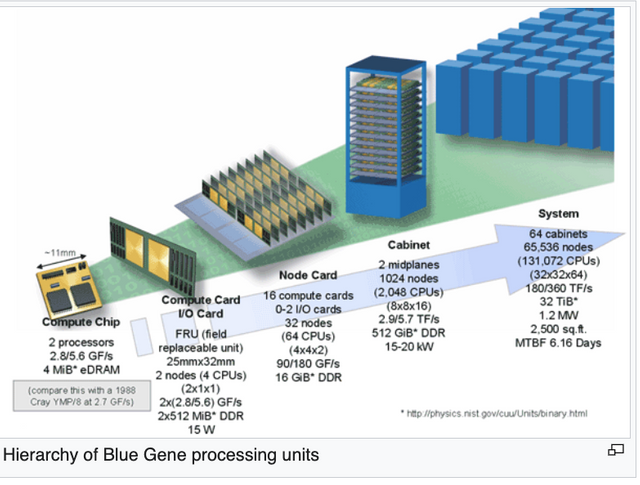
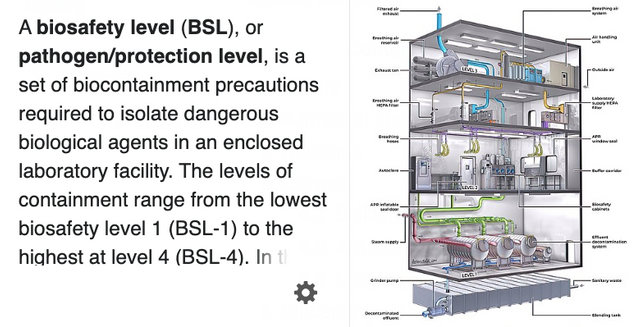
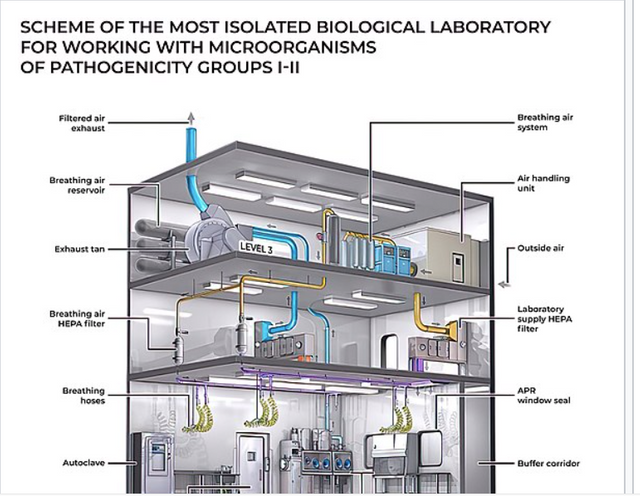
In measuring sound waves, 1 Hz is equal to one wave per second.
Humans can hear sound from around 20 Hz to 20,000 Hz.
If a sound frequency gets high enough, it goes beyond the ability of the human ear to hear it.
This is known as ultrasonic sound.
Many ultrasonic cleaners use 40 kilohertz [40,000hz] sound waves.
When you pass ultrasonic sound waves through liquid, the process forms microscopic bubbles that grow to a certain size and then collapse, causing a tiny shockwave.
This shockwave helps to dislodge particles of dirt and grime on the surface of anything that is submerged into the liquid.
The size of the bubbles depends on the ultrasonic frequency.
Higher frequencies produce smaller bubbles.
The liquid can be heated and detergent added to make the cleaner more effective.
Cavitation is a phenomenon in which the static pressure of a liquid reduces to below the liquid's vapour pressure, leading to the formation of small vapor-filled cavities in the liquid.
(BOSTON) – A team at Harvard’s Wyss Institute for Biologically Inspired Engineering and Harvard Medical School (HMS) has developed a low-cost DNA storage technique that enables encoding digital information at large scale. The approach was published recently in Nature Communications.
Information storage has gone through different evolutions from stone to parchment, paper, tape, hard drives, CD/DVDs, and flash drives, to name the main archiving media. While the need for storage technologies has seen dramatic increases over time, these approaches still have drawbacks and limitations such as relatively short longevity and low density of storage. With our drive to generate exponential amounts of data, it becomes increasingly essential to find new ways to overcome these limitations and preserve data safely with guaranteed access for the future.
Save it in DNA
Researchers at the Wyss Institute developed a DNA storage method that utilizes template-independent de novo enzymatic DNA synthesis to generate many short pieces of DNA without the need for a preexisting strand of DNA. Credit: Wyss Institute at Harvard University
George Church, Ph.D., who is a Core Faculty member at the Wyss Institute and Professor of Genetics at Harvard Medical School and of Health Sciences and Technology at Harvard and the Massachusetts Institute of Technology (MIT), first pioneered the idea of using short synthetic DNA as a long-term information storage medium. His team first converted a complete book, including 5.27 megabits of text and images, into a binary digital code, which they then encoded in DNA, and finally decoded again using next-generation sequencing technology. It is estimated that 1 gram of DNA can hold up to ~215 petabytes (1 petabyte = 1 million gigabytes) of information, although this number fluctuates as different research teams break new grounds in testing the upper storage limit of DNA. Assuming the Avengers Endgame movie in 720p HD takes up 6 gigabytes, you can store ~36 million copies of the movie in one gram of DNA. Global digital data is expected to grow to 175 zettabytes (1 zettabyte = 1 million petabytes) by 2025, and because all the digital data in the world can be theoretically stored in ~81kg of DNA, DNA storage is being actively pursued as a compelling storage medium for the future.
What makes DNA so appealing for data storage is: 1) its high density – you can store a lot of data in tiny amounts of mass; 2) stability – dried DNA stored in a cool environment can last thousands of years (oldest DNA sequenced is 700 000 year old); 3) energy-efficiency – it doesn’t take much energy and space to store DNA, just enough to keep it cool; 4) relevancy – biological systems use DNA, and therefore DNA with its possibilities to encode and decode information will not become obsolete like many other data storage media. There are, however, two main drawbacks that at present limit DNA as a universal archiving medium. While both synthesis and sequencing costs are at an all-time low, the costs of synthesizing DNA and then retrieving the data via next-generation sequencing are still much higher than those of using conventional storage media. “In our lab, we continuously develop new methods for biology, medicine, and technology, but the key is to make them multiplexable. DNA storage holds great potential, and our model is faster, cheaper, and at scale,” said Church.
https://wyss.harvard.edu/news/save-it-in-dna/